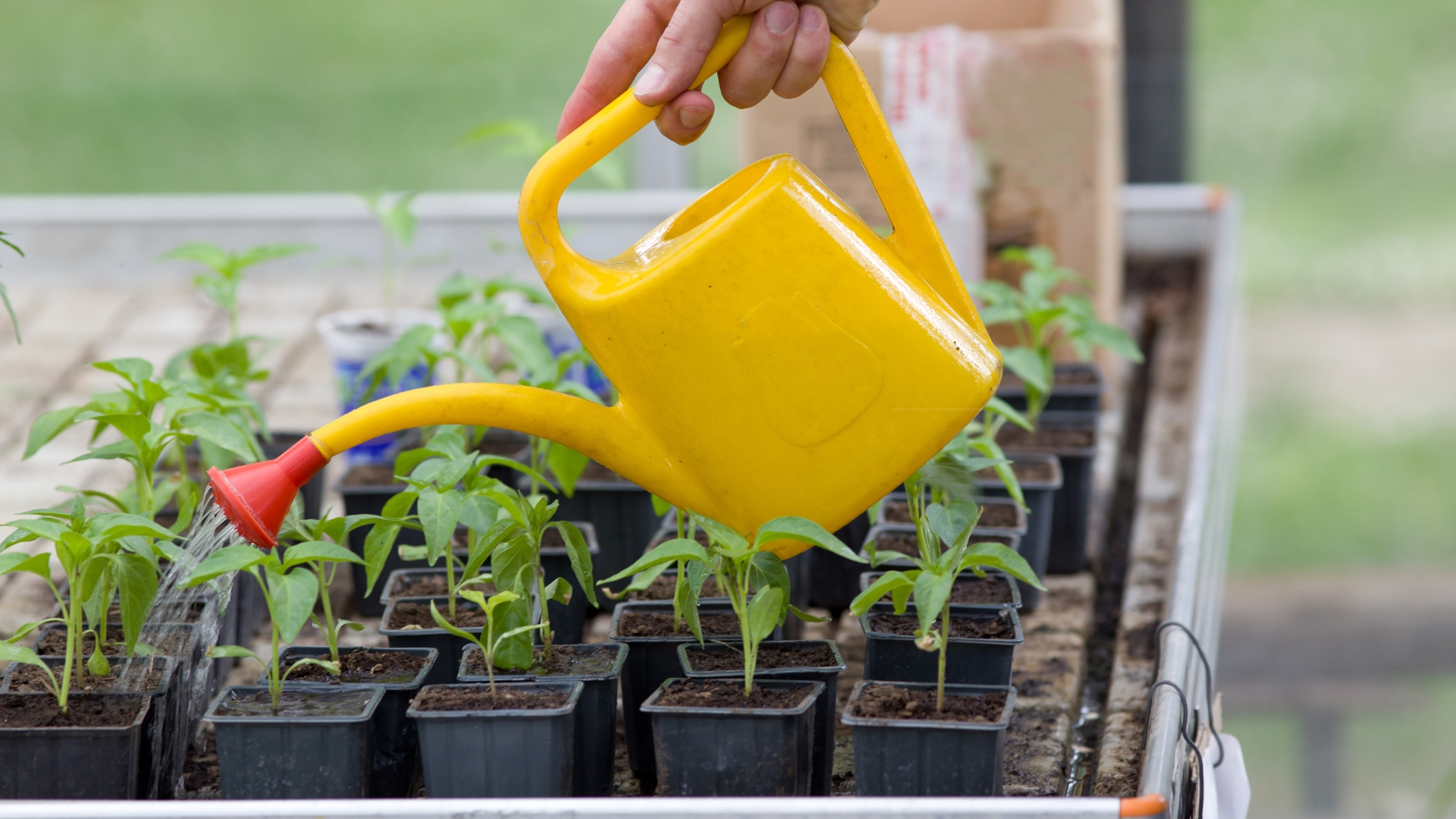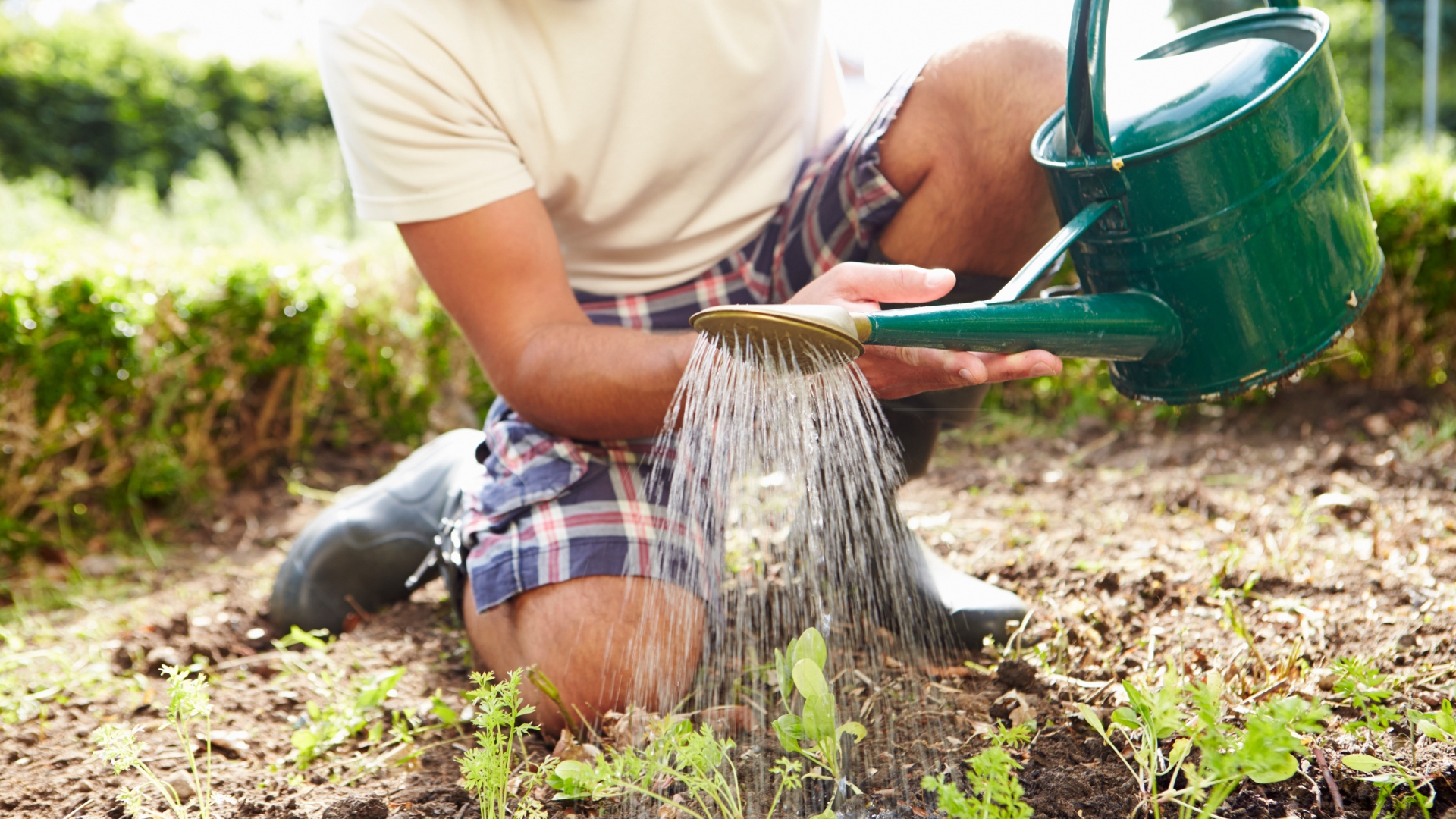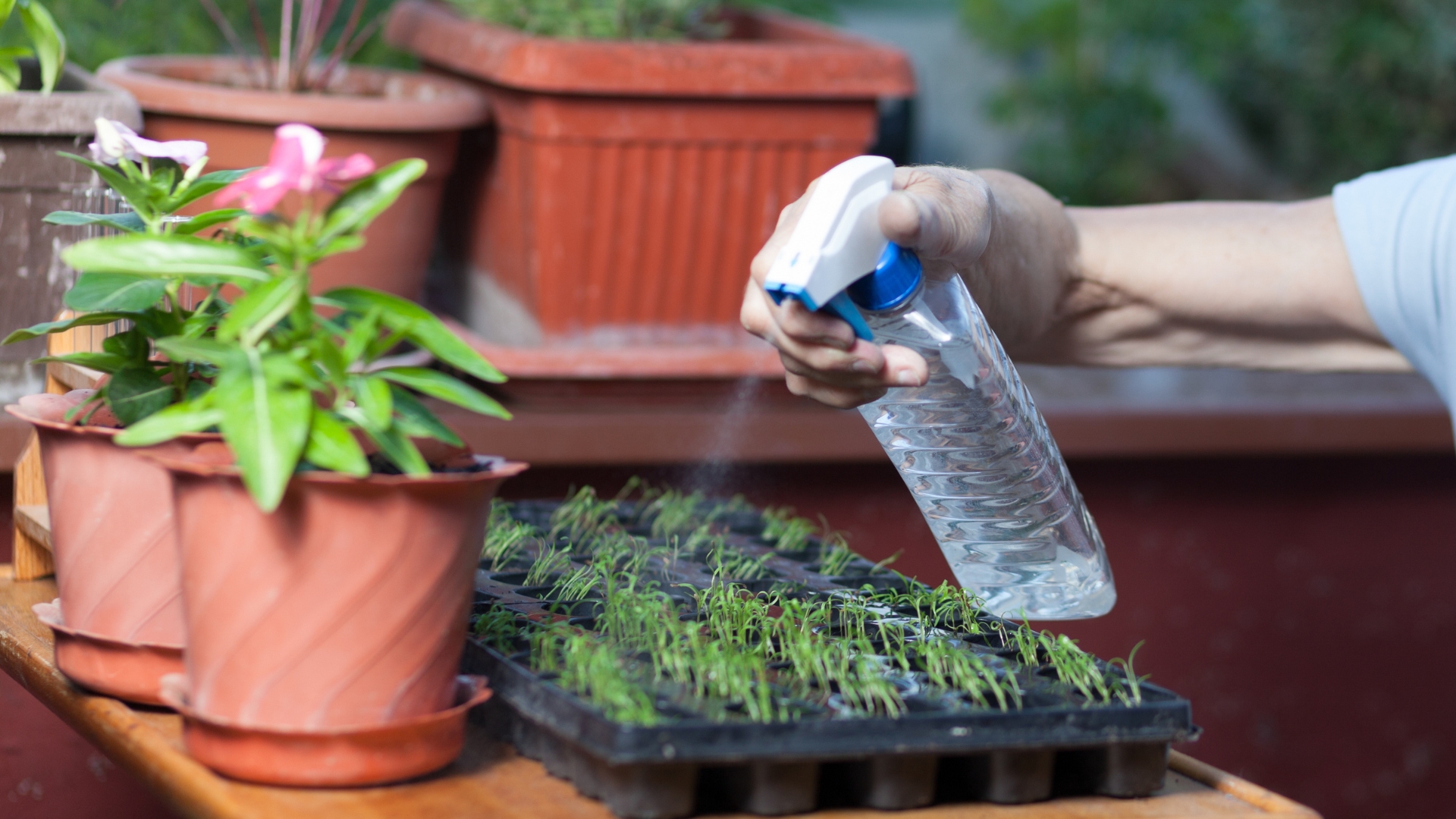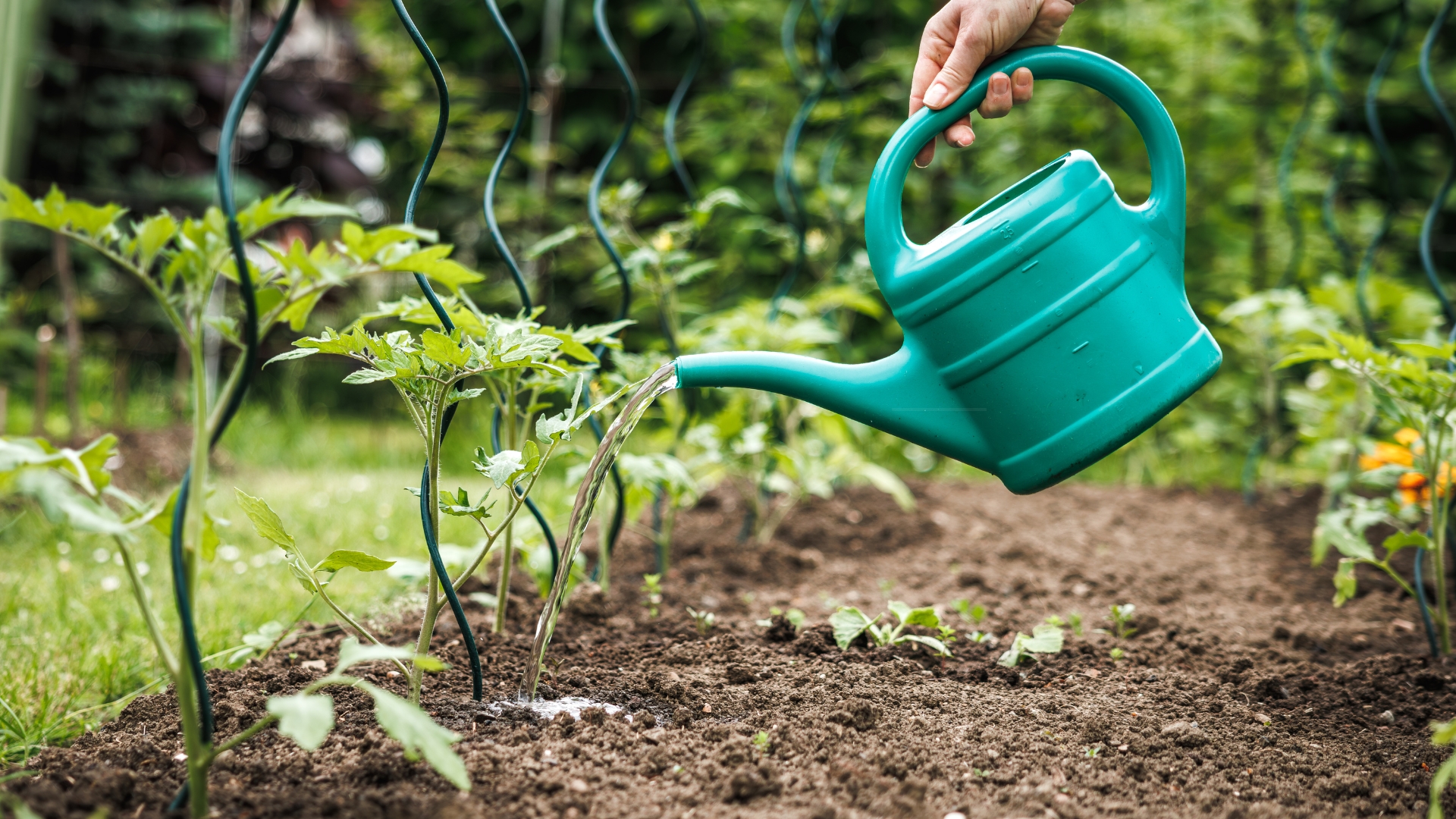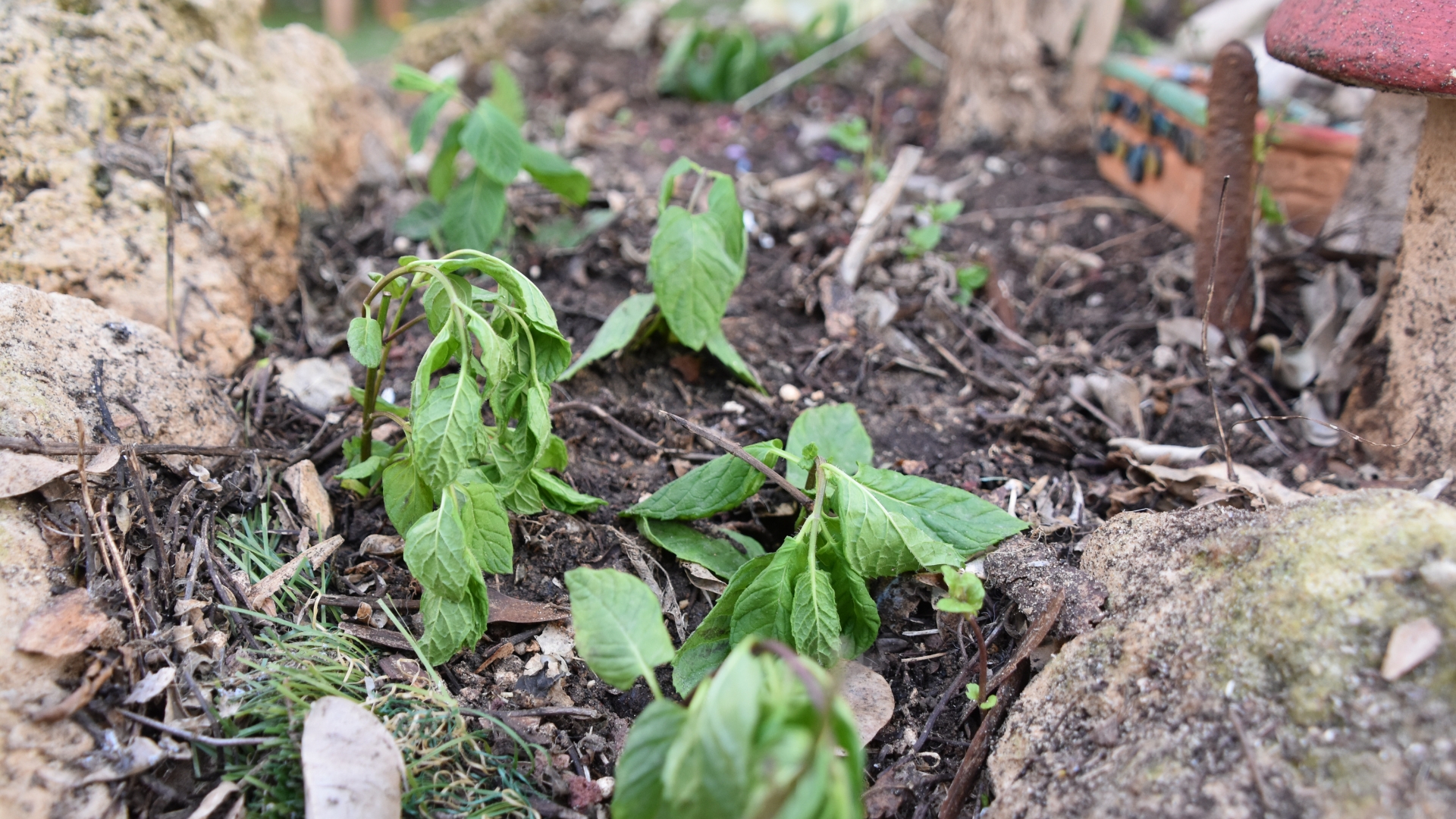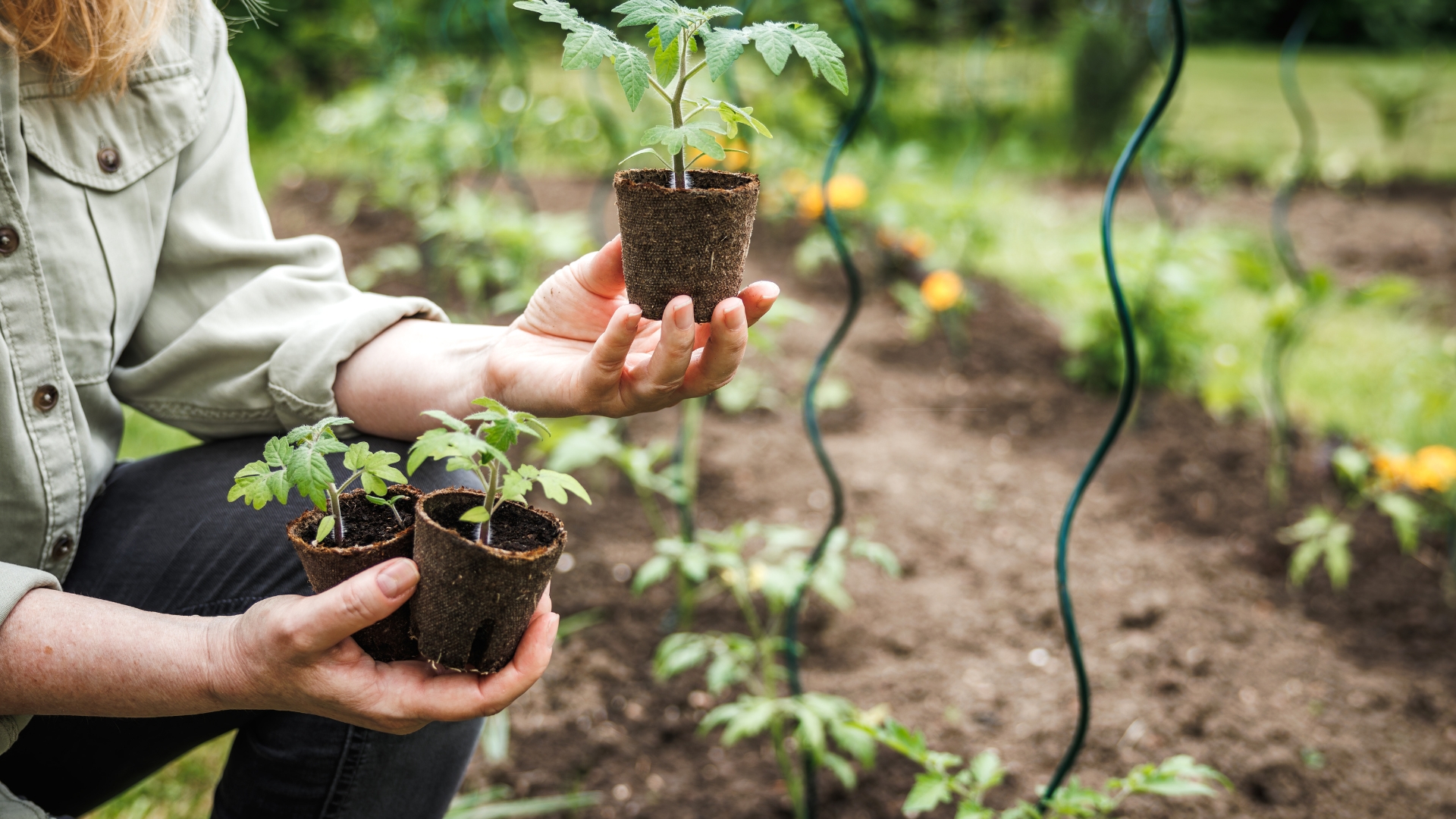Keeping seedlings properly watered is the key to strong, healthy plants, but getting it right can be tricky. Too much water, and their delicate roots can rot. Too little, and they dry out before they ever get a chance to thrive.
If you’ve ever wondered if your seedlings are getting enough (or too much) water, this guide breaks it all down.
From indoor trays to outdoor beds, here’s what you need to know to keep your seedlings hydrated without overdoing it.
How Much Water Is Enough?
Seedlings need consistent moisture, but soggy soil can do more harm than good. The goal is to keep the soil evenly damp—not drenched.
A good rule of thumb is to water when the top layer of soil feels dry to the touch. Depending on temperature and airflow, this could mean watering daily or every other day.
The size of the container, soil type, and plant variety also play a role. Smaller cells and trays dry out faster than larger pots, and lightweight seed-starting mixes retain moisture differently than garden soil.
Keep an eye on soil moisture and adjust your watering routine based on how quickly it dries out.
Watering Indoor Seedlings Without Overdoing It
Indoor seedlings are more at risk of overwatering since they’re growing in small containers with limited drainage.
Too much moisture can lead to root rot, mold, and weak stems. The best way to avoid this? Use a well-draining seed-starting mix and containers with drainage holes.
Instead of watering from above, try bottom watering—placing trays or pots in a shallow dish of water and letting the roots soak up what they need. This keeps the surface from staying too wet, reducing the risk of fungus.
Pay attention to humidity! If your indoor air is dry and warm, you may need to water daily. In a more humid environment, moisture lingers longer, so watering every couple of days might be enough.
A light misting can help prevent the top layer from drying out too quickly, but don’t depend on misting alone—seedlings need deeper hydration to build strong roots.
When And How To Water Outdoor Seedlings
Outdoor seedlings battle the elements from day one—blazing sun, drying winds, and shifting temperatures can steal moisture fast.
But drenching them too often does more harm than good, making roots lazy and dependent. Timing isn’t just important; it’s everything.
Watering in the early morning gives seedlings a head start, letting them absorb moisture before the heat kicks in. Evening watering is tempting, but wet foliage overnight invites mold and disease—something no gardener wants to deal with.
When you do water, think deep and steady. A slow soak encourages roots to grow downward, searching for moisture rather than lingering at the surface.
This builds resilience and prepares seedlings for life beyond the delicate stage. A watering can with a fine spout or a hose on a gentle setting works best—anything too forceful can wash away fragile seedlings.
And after a good rain? Always check the soil before reaching for the watering can. Too much water can suffocate roots just as quickly as dry conditions can stress them out.
Overwatered Or Thirsty? Spot The Signs Before It’s Too Late
Seedlings don’t stay silent when something’s off—you just need to know how to listen. Wilting might seem like an obvious cry for help, but here’s the tricky part: it can mean too much water or too little.
The quickest way to tell? Check the soil. If it’s dry and crumbling, your seedlings are parched. If it’s soggy or has a musty smell, they’re drowning.
Other warning signs are just as telling. Yellowing leaves and fuzzy mold on the soil mean they’ve been sitting in too much moisture for too long.
On the flip side, dry, crispy edges or soil pulling away from the container scream dehydration. There’s no universal watering schedule that works for every seedling—conditions change, and plants have different needs.
Instead of watering on autopilot, let the soil (and your seedlings) show you what they need. A little observation goes a long way in keeping them healthy.
Bear In Mind That The Plant Type Affects Watering, Too
Some seedlings are thirstier than others, and understanding their needs makes all the difference.
Leafy greens like lettuce and spinach love consistent moisture, while herbs like thyme and rosemary prefer drier conditions between waterings.
Pepper and tomato seedlings do best with deep, occasional watering to encourage strong root growth, while fast-growing flowers like zinnias and marigolds need a steady supply of moisture to fuel their rapid development.
So how do you get it right? Pay attention to the plant’s natural environment. If it thrives in dry conditions as an adult plant, let the soil dry slightly between waterings.
If it loves moisture, keep the soil evenly damp. Grouping seedlings with similar watering needs together can also help streamline your routine and prevent over- or underwatering.
Mastering seedling watering takes a little practice, but once you get the balance right, you’ll set your plants up for a strong, healthy future—one well-timed drink at a time!

